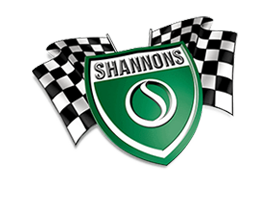1978 Jeep Cherokee Chief Wagon (RHD)
Sold: $23,000
Specifications
| Engine | V8, 360-cid |
|---|---|
| Gearbox | 3-speed automatic |
| Body Work | Station Wagon |
| Colour | Yellow |
| Interior | Brown |
| Trim | Vinyl |
| Wheels | Steel disc |
| Brakes | Discs/Drums |
Description
The current success of the Jeep brand has much to do with its heritage. The company has enjoyed a long history of innovation and success in marketing off-road vehicles to generations of suburbanites wanting to drive in the great outdoors. The legendary WW2 Jeep gave the company a head start over rivals GM and Ford, with the utilitarian CJ forming the mainstay of post-war production. However Kaiser Industries, who took over Willys-Overland in 1953, were keen to broaden the appeal of their products and unveiled an entirely new station wagon model as part of the heavily revised 1963 range. Known as the Wagoneer (and Gladiator, as it was badged in pick-up guise), the new Jeep had crisp, modern styling courtesy of talented industrial designer Brooks Stevens and was available with the option of two-wheel drive, a first for the company. Another innovation was the overhead-camshaft 230-cid six found under the bonnet, this time a first for the entire American car industry. The new model enjoyed strong sales, with the option of a V8 added in 1965 and facelifted bodywork the following year, dominated by a bold new full-width grille. Under the control of the American Motors Corporation, Jeep added a new sports-utility model to the range for 1974, badged the Cherokee - essentially a two-door wagon version of the Gladiator truck, with the Wagoneer name reserved for the four-door version. By this time both models were only sold with all-wheel drive and the Cherokee's standard powerplant was a 258-cid ?Big Six? with a three-speed manual transmission. Mid-way through 1975 Jeep announced the Cherokee Chief at the Detroit Auto Show and it became a regular production model the following year. With its wider track, fat tyres and special graphics, the Chief looked sensational and received plenty of standard kit, including standard power front disc brakes, power steering and skid plates for the fuel tanks. Options included automatic transmission and more powerful 360-cid V8 engines. The Cherokee line was designed to appeal to younger buyers whereas the Wagoneer was pitched at a more conservative market. With sales strong, no changes were made to the 1978 line-up and a total of 36,945 Cherokees left the production lines that year. Jeep also established an Australian operation in the Brisbane suburb of Salisbury in 1978 to import both CJ and Cherokee models, the latter undergoing in-house right-hand drive conversion prior to hitting local showrooms.














